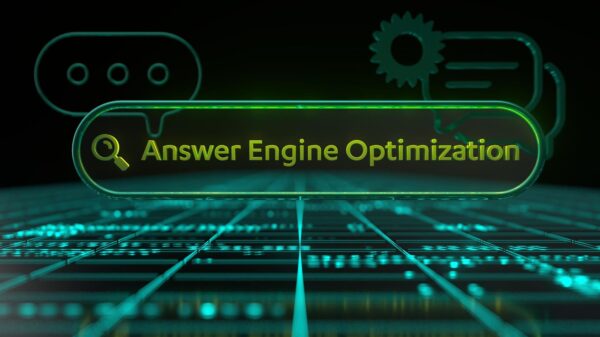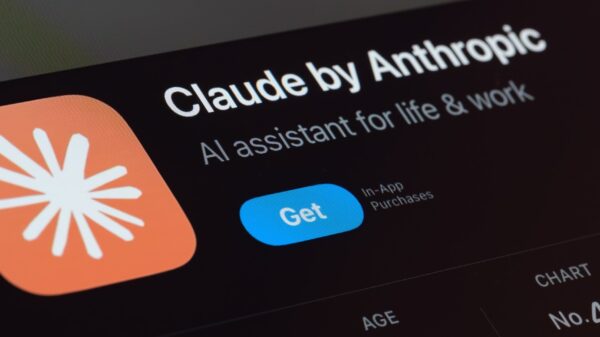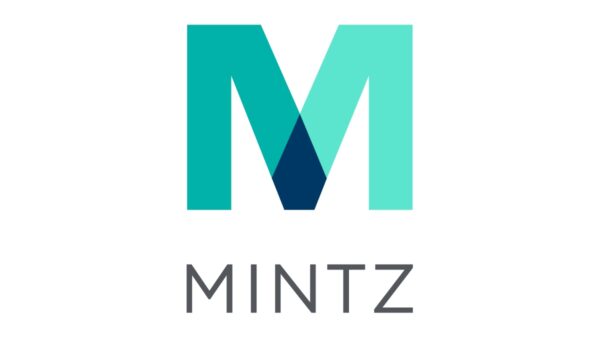As discussions around artificial intelligence (AI) governance intensify, Phil Coady, Chief Revenue Officer at Dataiku, sheds light on a critical misalignment in corporate structures. Speaking from the company’s newly established headquarters in Singapore, Coady emphasizes that organizations are often tackling yesterday’s challenges with tomorrow’s technology. The need for a modern alliance is evident, especially regarding AI governance.
Coady points out that the core issue isn’t solely in the architectural frameworks of governance but rather in the handoffs between various teams. “In finance, for example, there are basically three teams: data, risk, and compliance,” he notes. These teams frequently fail to communicate effectively, which severely hampers governance. “If groups don’t want to talk to each other, Dataiku is not going to get them to talk to each other necessarily. That’s been going on for 30 years inside corporations,” he admits.
The Importance of Collaborative Governance
While Chief Data Officers (CDOs) tend to focus on structural integrity, Coady highlights a different perspective: the need for speed and results. He argues that technology should serve as a source of truth, compelling different departments to engage in conversation. “What Dataiku can often do is give them a visualization of the data that they can unify on,” he explains, noting that this shared understanding can sometimes bridge the gap for collaboration.
Critics of AI governance often claim it’s “mostly marketing,” particularly in the fragmented regulatory environment of the Asia-Pacific region. Coady acknowledges this concern, stating, “Having a governance framework like the E.U. AI Act is only valuable if you’re actually going to follow up, and if you’re actually going to put penalties in place for not being compliant.” This aligns with the evolving role of CDOs, who are transitioning from merely creating policies to actively enforcing compliance.
Addressing Fragmentation Challenges
Many discussions surrounding AI governance typically emphasize responsible practices, including bias and transparency. However, Coady, along with forward-thinking CDOs, adopts a more operational view: “I want to know how many I have. I want to know where they are. I want to know their performance.” This perspective allows organizations to connect technical capabilities with financial risk, thereby offering a more holistic governance framework.
He emphasizes the complexity of integrating AI across the vast ecosystems of major cloud providers, lakehouse providers, and business applications. “Trying to get AI to go across all of that and give you a unified output can definitely be challenging.” To navigate these hurdles, Coady advocates for embedding governance into the very fabric of the organization, rather than treating it as an afterthought.
The Future of Autonomous AI Governance
Looking ahead, Coady raises an intriguing question about accountability as Agentic AI advances. When these systems operate autonomously, who will be held responsible for any missteps? “When a regulatory body comes in, someone needs to get pointed at,” he states. While Chief Revenue Officers are often concerned with liability, CDOs must focus on data lineage and accountability.
Coady shares a cautionary tale about a financial institution using an autonomous agent in impactful ways, remarking, “I was as surprised as anyone, to be super honest.” He notes that the conversation around AI autonomy is no longer speculative; it’s rapidly evolving. “This [Agentic AI] train is on the tracks and is going forward,” he warns. The question now isn’t whether autonomous AI will be implemented, but rather if organizations can establish a governance framework that points to a human when things go awry.
As AI technology continues to democratize, the orchestration and governance of autonomous agents will become increasingly crucial. Coady believes that while the tools for building such agents will soon be widely available, the real challenge lies in effectively managing and governing them. “The management of this is going to be the long pole in any tent that we walk into,” he concludes. This sentiment underscores the need for a robust governance strategy to prevent organizational collapse as companies delve deeper into the realm of AI.
In summary, the vision for effective AI governance must move beyond theoretical frameworks and marketing slogans. It requires concrete actions, interdepartmental collaboration, and a commitment to holding stakeholders accountable.
 Schools Reevaluate Assessment Strategies Amid AI Cheating Concerns and Adaptation Challenges
Schools Reevaluate Assessment Strategies Amid AI Cheating Concerns and Adaptation Challenges Italy Passes Comprehensive AI Law with Strict Rules on Deepfakes and Child Protection
Italy Passes Comprehensive AI Law with Strict Rules on Deepfakes and Child Protection Trump Administration Pauses Executive Order, Paving Way for State AI Regulations
Trump Administration Pauses Executive Order, Paving Way for State AI Regulations CIOs Must Implement Governance Frameworks to Mitigate AI Risks and Drive Innovation
CIOs Must Implement Governance Frameworks to Mitigate AI Risks and Drive Innovation Trump Administration Proposes Executive Order to Override State AI Regulations
Trump Administration Proposes Executive Order to Override State AI Regulations





































































